Merino wool is one of the world’s most popular fabric materials. Derived from Merino sheep, merino wool is both inexpensive and durable, adding to its appeal. Like all types of wool, merino wool is also highly absorbent, water-resistant, and insulative, making garments made with this type of wool popular for undergarments worn under winter clothing.
Depending on how it’s made, merino wool fabric can also be luxuriously soft, countering the scratchiness that is commonly associated with wool. Merino wool comes in a variety of different grades, and ultra-fine merino wool is suitable for blending with silk or cashmere.
Merino sheep appeared in the southern parts of Spain sometime during the 12th or 13th century. The origins of Merino sheep are disputed; some scholars indicate that this breed of sheep was imported from Morocco, and others contend that Merino sheep originated as a result of selective breeding between Spanish sheep and Moroccan rams.
What’s clear is that Merino sheep share the characteristics of both European and Arabian sheep breeds, and these sheep were carefully bred to bear the finest possible fibers. Soft and stretchy, temperature regulating, moisture wicking, odor resistance, UV protection, etc, are the main benefits of merino wool.

Merino sheep appeared in the southern parts of Spain sometime during the 12th or 13th century. The origins of Merino sheep are disputed; some scholars indicate that this breed of sheep was imported from Morocco, and others contend that Merino sheep originated as a result of selective breeding between Spanish sheep and Moroccan rams.
What’s clear is that Merino sheep share the characteristics of both European and Arabian sheep breeds, and these sheep were obviously carefully bred to bear the finest possible fibers.
Wool production was not of significant interest during the Islamic occupation of Spain, and the first historical records of wool that are definitively merino only date back to the early 15th century. Recent genetic tests indicate that modern Merino sheep are the result of numerous crosses between Spanish churro sheep, Italian wool-bearing sheep, and even breeds of English sheep, and it is not entirely clear at which exact points in history these crosses took place.
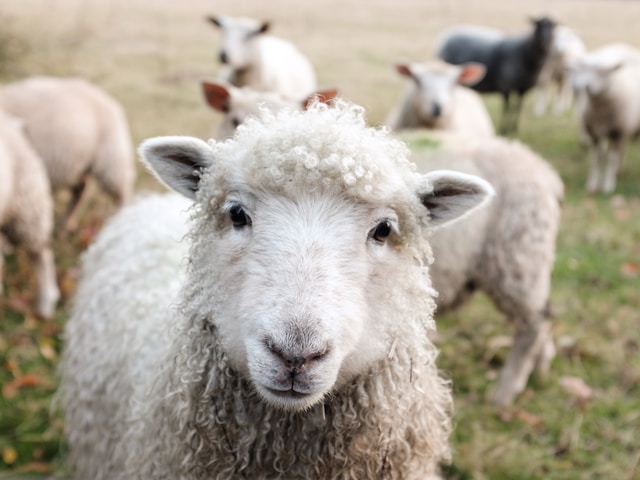
Regardless of the precise origins of Merino sheep, this domesticated, wool-bearing breed was almost single-handedly responsible for making Spain a direct competitor of England within the European wool market by the end of the 15th century.
Until the 18th century, exporting living Merino sheep was a capital offense in Spain. In 1723, however, Spanish merchants exported a small order of Merino sheep to Sweden, and soon after, family relationships between royalty in England and Spain led to the export of a large number of Merinos to the British Isles. From this point onward, exports of Merino sheep became commonplace, and this sheep species quickly became commonplace throughout most European nations.
Soft and stretchy Merino wool's softness and natural elasticity make it a great base layer material for multiple activities like hiking, skiing, and running.
Temperature regulating The fiber's natural crimped texture traps pockets of still air, providing insulation benefits in cold or hot weather. And it's naturally hygroscopic, meaning the fiber takes in water vapor from its environment. As this happens, the merino releases heat, so the wearer feels warmer and drier when conditions are cold and damp. In hot and dry conditions, on the other hand, the material moves water vapor away from the skin and then releases it into the air, keeping you cool even on warmer days.
Moisture-wicking Merino wool is also naturally hydrophobic—water tends to bead up on the surface where it's easy to brush off. "It's great for socks in that it wicks moisture away from your feet," notes Samuelson. "It doesn't make them feel clammy."
Odor resistance Angela Jabara, trade and education extension lead with The Woolmark Company explains that merino wool absorbs odor molecules and traps them until a garment is washed. "It's great if you have to wear something a few days in a row." (Like when you're camping.)
Stain repellence The material's hydrophobic quality helps it naturally resist staining, especially from liquids. Along with its odor-resistant qualities, this can help it require fewer washes, which conserves water.
Anti-static Merino absorbs moisture from its environment, which helps prevent the creation or build-up of static electricity. This helps keep it from clinging to the skin and creating sparks.
UV protection Most Merino clothing typically has a UPF rating between 20 and 50, which means it can protect your skin from harmful UV rays.
Biodegradable Unlike many synthetic materials, merino wool is biodegradable in as few as three or four months (though the exact time frame varies based on environmental factors as well as the fabric's specific characteristics).

Textile manufacturers generally use merino wool to make apparel, and this fabric has limited applications in homewares.
Uses in apparel
The most popular application of merino wool is in sweaters. Since types of merino wool made with fine fibers are just as soft or even softer than cotton, this material is ideal for lightweight sweaters worn directly against the skin. It’s also possible to find shirts, blouses, and even tank tops made with merino wool.
In most cases, rougher forms of wool are used for this purpose, but it’s also possible to use merino wool to make blazers. Due to its durability, softness, and heat retention, merino wool is ideal for long underwear or base layers. It’s essentially possible to make any type of insulative clothing using merino wool, but this type of fabric is usually reserved for casual apparel or sportswear and is not commonly used in formal or dressy garments.
Uses in homewares
Merino wool is commonly used to make blankets. Used as a mid-layer between sheets and comforters, merino wool has impressive insulative properties. Merino wool is also a popular material for throw blankets due to its luxurious softness and remarkable heat retention.
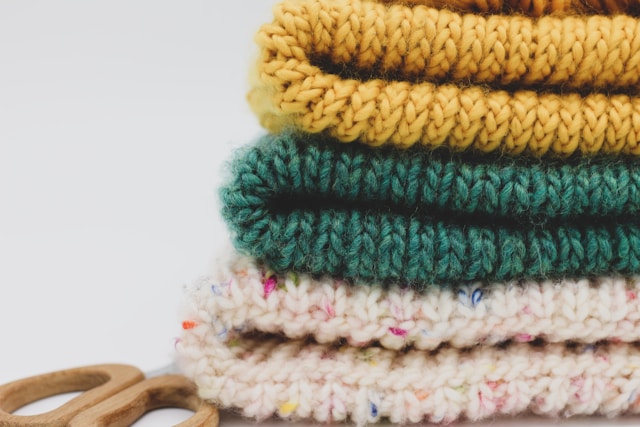
WOOL IS MOISTURE REGULATING
Wool fibers are hydrophilic fibers – and that’s precisely what makes them so extremely functional. They provide incredible warmth and can absorb up to 35% of their own weight in moisture without feeling wet to the touch. The fiber surface remains dry, while the moisture moves to the fiber core. In contrast to down or polyester, wool thus feels warm and comfortable, even when wet.
WOOL IS EASY TO CARE FOR
Even though wool has an inherent odor-neutralizing effect, you might find yourself in a situation where someone squirts ketchup on your product and you have no choice but to wash it. But don’t worry, it’s easier than you might think: We use the “Total Easy Care” process to give our merino wool a special finish that allows you to machine wash it at 30 or 40°C. Only the scaly surface structure of the wool fibers is washed, thus protecting the wool from severe shrinkage.
WOOL IS SUSTAINABLE
Wool also supports the concept of sustainability and is naturally 100% ecological! Depending on their breed, merino sheep are shorn once to twice a year – so they automatically grow a new coat. All that is needed for these natural fibers to grow is water, fresh air, sun, and tasty grass. All pretty basic stuff.
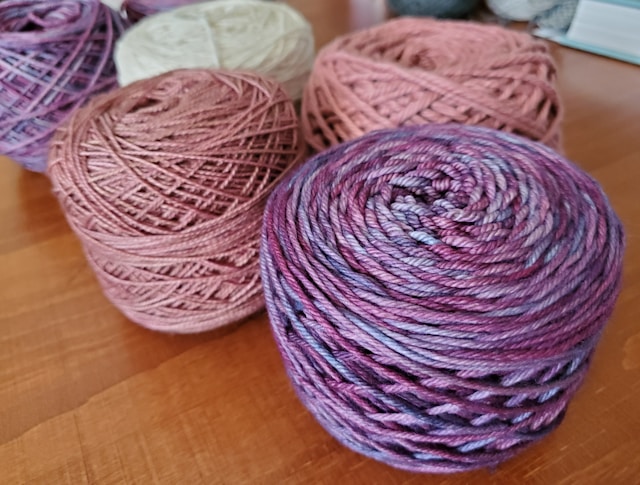
How to wash Merino clothing
Before you start: Wool garments can shrink when exposed to the high heat and friction generated by washing machines and dryers. Never wash above 30˚C and do not tumble dry.
Empty any pockets, do up your zips, and turn your garments inside out.
Hand wash. This is the safest way to wash your merino wool garment. Check your bowl is clean and soak your clothing for 10 – 20 minutes in lukewarm water with a few drops of detergent. Gently agitate your clothing, then rinse thoroughly in clean water. Squeeze your garment dry, do not tightly wring it!
Machine wash. Set your washing machine to a delicate cycle no higher than 30˚C and use a liquid detergent such as Ecover, Delicate, Nikwax Woolwash or pure soap. Place the garment in a mesh laundry bag to prevent snagging.
Dry your Merino clothing flat or hang it somewhere airy and out of direct sunlight.
Store your clothing away from moths. If there is one thing hungry moths crave, it is delicious merino wool fibers.
How to repair merino wool rips, tears and holes
Snags, tears and troublesome holes are easily mended by darning with a silk sewing thread. Patch up any holes as soon as possible to prevent tiny pinpricks from growing.
How to stop your merino wool from pilling
Pilling is a natural process and happens when the shorter Merino fibres find their way to the surface of the fabric. To prevent pilling, we recommend washing your Merino clothing before you wear it.
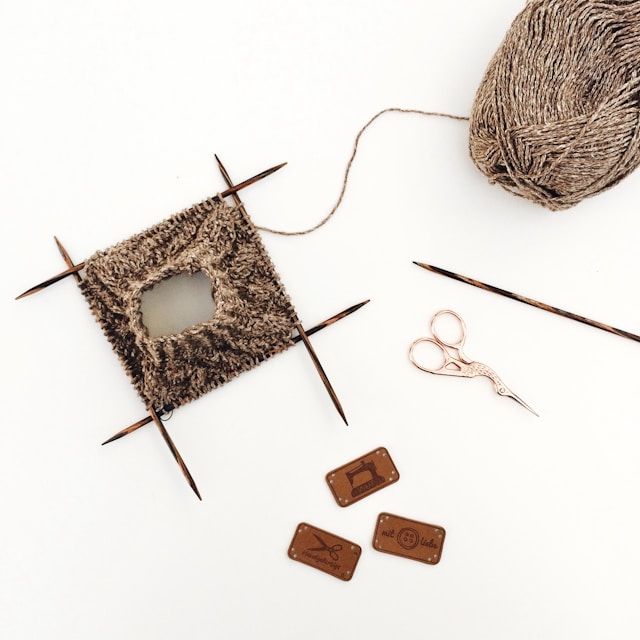
Myth #1: Merino Wool is Itchy
Truth: It's easy to see where this myth stems from. Traditional wool can indeed be itchy, casting a shadow of doubt over its softer cousin, merino. But here's the twist: merino wool is different. Its fibers are much finer and gentler than those of regular wool, ensuring a smooth, itch-free experience against the skin.
If you've sworn off wool due to a scratchy past, it might be time for a reunion. Merino wool might just be the gentle embrace your skin has been yearning for.
Myth #2: Merino Wool is High Maintenance
Truth: It's easy to assume that all woolen garments come with a high-maintenance tag. But merino wool is here to challenge that notion. While it does ask for a tad more attention than your regular cotton tee, it's nothing daunting. A gentle wash cycle and a mild detergent are all it needs. And remember, no high heat from the dryer – let it bask in the air to dry naturally. With these simple steps, your merino wear will stay in prime condition for years to come.
Myth #3: Merino Wool Production Harms Sheep
Truth: The dark cloud of "mulesing" does hang over the merino wool industry. This painful procedure, aimed at reducing infection risks, has rightly drawn criticism. But it's essential to know that there are humane alternatives to this method. It might require a bit more effort, but it's worth it.
Moreover, merino wool stands out as an eco-friendly choice. Sheep regrow their wool annually, and once the wool has served its purpose, it's biodegradable, ensuring our planet isn't burdened with more waste.
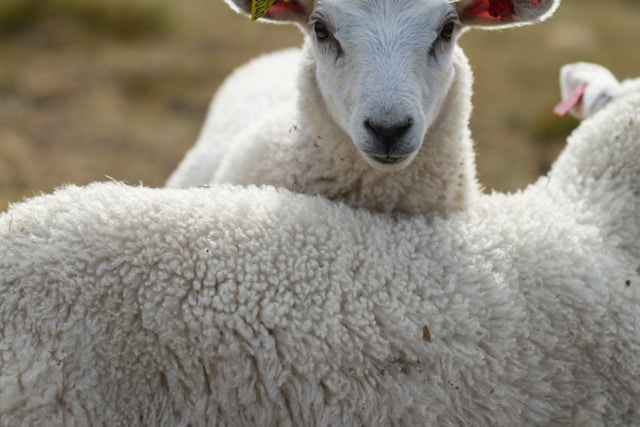
Merino Wool vs. Wool
The primary difference between Merino wool and other sheep wools is that Merino can grow finer fibers. This characteristic leads to some distinct advantages over coarser wool. Such as:
Merino's clothing isn’t itchy. All wool fabric is made of yarns that have protruding fibers that rub against the skin. The coarser wool fibers are wider and stiffer irritating whereas Merino’s fine fibers are much softer (See our “Itchy Guide” for more scientific details).
The itch factor is why there is much more Merino wool clothing on the market than that made from other kinds of sheep wool. Who would buy an itchy T-shirt? In the apparel market, the only overlap between Merino and ‘regular’ wool is in clothing not worn next to the skin (e.g. suits, overcoats).
Merino wool dries faster than coarser wool. All types of wool are moisture-wicking and extremely absorbent. But, coarse fibers soak up so much water that they take longer to dry. In apparel, Merino’s lighter weight creates the advantage of superior moisture management that both wicks vapor off the skin and releases the moisture into the air at a faster rate that keeps the wearer dry.
Merino Wool vs. Synthetic
As you can see from the above chart, both materials tend to be lightweight, comfortably non-itch, and moisture wicking (pulls moisture away from the body to keep you dry and help regulate temperature), making them both excellent candidates for several outdoor activities. To get to the root of the question, therefore, we need to turn our attention to the differences.
Wool vs. Cotton
When comparing wool and cotton, you’ll notice two key differences. As already mentioned above, wool is obtained from animals, while cotton comes from cotton plants. Secondly, wool is thicker and able to retain heat, while cotton is light and soft. This is why wool is preferred for winter wool clothes and cotton is the best fabric for summer clothes.
Warmth
Wool is by far the warmer of the two fibers, as it is thicker, and heavier and wool fibers have little air pockets that trap the heat within them. This is why wool is the best fabric for winter clothing while cotton is a better choice for summer clothing.
Durability
Wool is more durable than cotton. Wool fibers can bend over 20,000 times before they break. In comparison, cotton fibers break after 3,000 bends.
Breathability
When you compare cotton vs wool in terms of breathability, both materials have breathable features. Wool offers better breathability in damp weather, while cotton is more breathable in warm weather.
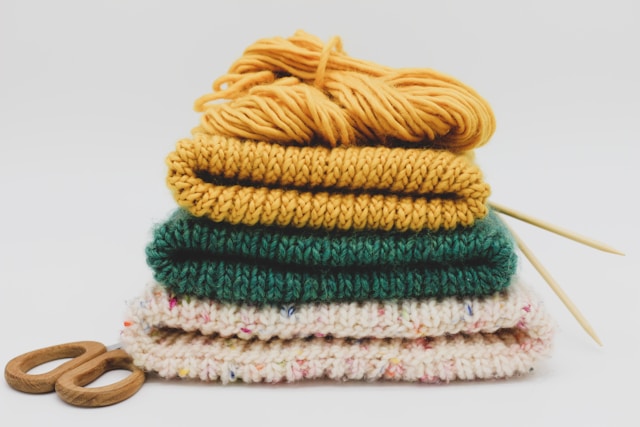
Several reasons, chiefly to do with supply and demand. Because wool is a fiber that comes from an animal, it may be less available sometimes during the year. A dearth of wool equals higher prices. Wool also requires multiple processing steps from shearing the animal to the finished textile product, and those steps are time-consuming and costly.
Add to this the reality that fewer farmers are raising wool-producing animals. And some types of wool are more expensive because they’re softer or stronger than others (see Merino and cashmere above). These are but a few variables that contribute to the price of a fine wool garment.
That’s all for today’s article, don’t forget to explore more Merino wool products and share your experience with us!!
Optional Sections
Can I machine wash Merino Wool?
Many merino wool garments, including jumpers for kids, can be machine-washed on a wool cycle. This is convenient for busy families, but it's important to follow the care instructions on the garment's label. To preserve the shape and softness of the wool, turn the garment inside out, avoid overloading the machine, use a wool-specific detergent, and stay away from hot water, fabric softeners, and bleach.
After washing, reshape the garment and lay it flat to dry.
How do I store wool garments to prevent moth damage?
It can be heartbreak when you discover your jumpers peppered with holes. Don't worry, there are some simple and practical ways to deter moths and silverfish from attacking your wool jumpers.
Why is Merino wool more expensive?
Merino wool is a natural and renewable material, but its supply is bound by various factors. Although renewable, the time required for sheep to replenish and regrow takes time and is limited by natural cycles of the sheeps growth and rest. Fluctuations in weather patterns, including extreme weather conditions can also affect the quality and quantity of wool produced annually. Together with the labour intensive nature of sheep farming and attention placed on animal welfare, all these factor contribute to the higher price of merino wool.
Why do we love merino wool?
Merino wool is an amazing natural fibre. It can be used for a wide variety of things, because it has lots of useful properties.
It’s lightweight, very comfortable and soft so it feels great against the skin. It’s also able to cope with temperatures between -10 and +30 degrees celsius so merino wool clothes are naturally cool and breathable in summer and warm and insulated in winter.
Part of being breathable is because merino wool fibres can work a bit like a sponge, able to absorb and then dispel water quickly. So it keeps you dry for longer if it rains, and allows sweat and odor to easily disperse into the air. No wet patches with merino wool.
Merino wool is also very durable and hard-wearing, so clothes made with these strong fibres last for a long time. It’s also naturally odor resistant and anti-microbial, so clothes don’t get smelly as quickly as other materials might do when worn for the same length of time.
That’s all, if you have any questions, please comment below and let us know!!